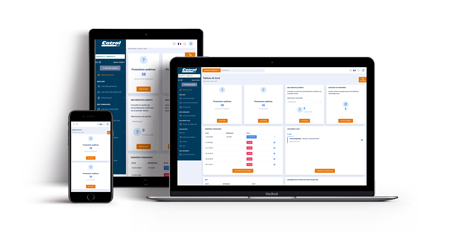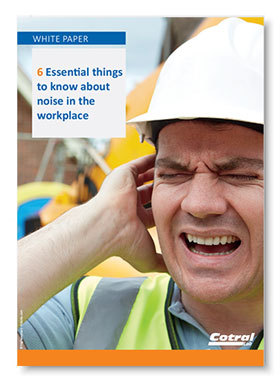Despite the rise in safety culture and legal obligations, cases of occupational noise-induced hearing loss are increasing. What exactly is the situation?
ONIHL is increasing despite hearing conservation programs
Since 1950, driven by national legislation (Noise Regulations in UK, WHS Regulations in Australia, OSHA 29 CFR in USA, and so on), noisy businesses of all sizes have implemented their own hearing conservation programs.
Hearing protectors are a vital part of any hearing conservation program.
Direct consequences:
- Safety culture continues to grow in the workplace. Hearing protectors enter the noisy business world.
- The market of earplug manufacturers is consolidated around the two global leaders: 3M (Ear™, Aearo™, Peltor™) and Honeywell (Howard Leight™, Bilsom™).
Yet, Ocupational Noise-Induced Hearing Loss keeps growing!
Today, it is estimated that over 2 million people in the UK (HSE.gov.uk) are regularly exposed to loud noises at work. About 1.7 million workers are thought to be exposed to noise above levels considered safe. About 1.1 million are exposed to noise intensities above 85 dB(A), where there is a significant risk to health.
Research in 2003 estimates that 170 000 people in the UK suffer from deafness, tinnitus or other hearing conditions as a result of exposure to excessive noise at work.
Are disposable earplugs effective?
To be effective, a hearing protector has be adapted to each employee’s ears and working environment while being compliant with standards.
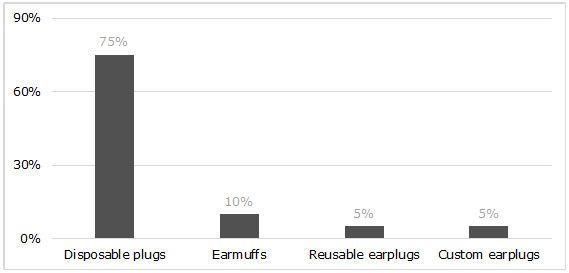
Does your hearing protection solution effectively protect your employees?
For many companies, the noise level and its impact are long-term problems: hearing loss and even occupational deafness often only occur after five, fifteen, or even thirty years of exposure.
As a result, 75% of hearing protectors (Internal Cotral Study) are usually disposable earplugs, which are often chosen by default, without the involvement of employees. Employees are then required to wear these protectors, even though they are not adapted to their environment.
Is the hearing protector really compliant?
Scientific studies conducted by certification laboratories and hearing protection manufacturers have analysed the imperfections of hearing protections. Scientist Eliot Berger of 3M has carried out various studies on the effectiveness and limits of hearing protectors.
Any hearing protection device (earmuffs, disposable, reusable or custom moulded earplugs), if compliant with standards, is effective when it is worn for 100% of the time spent in a noisy environment.
Many signs indicate that ONIHL is growing:
- Legislation becomes more restrictive
- Companies implement noise conservation programs
- Conventional hearing protection manufacturers provide more effective produtcs
- Employees understand how dangerous noise can be in the workplace
Despite these signs, Occupational Noise-Induce Hearing Loss continues to grow all over the world.
Is fighting ONIHL a lost cause? Not necessarily when focusing on an often overlooked element: comfort.
Are hearing protectors comfortable enough?
Even though wearing a hearing protector for six hours out of an eight-hour workday of exposure is better than wearing it for three or four, the only way to truly preserve your hearing health is to wear it constantly, for an entire workday.
Failing to do so can advance the onset of hearing fatigue by 5 to 30 years, and cause occupational deafness.
In addition, the minute workers are first exposed to noise without effective hearing protection, their entire body becomes stressed and tired, and therefore at greater risk of accidents.
Sleep troubles and a increased in blood pressure can also arise.
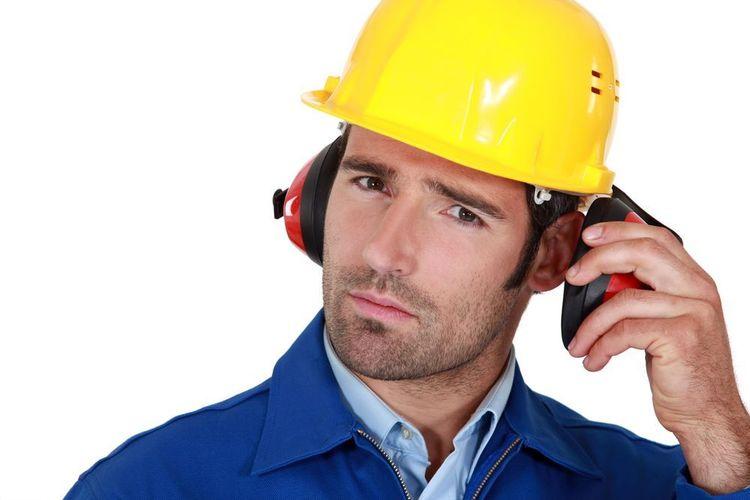
Why is hearing protection not worn 100% of the time spent in a noisy environment?
https://vimeo.com/196834187
Five reasons can usually be found:
- A lack of knowledge about noise and its effects
- A lack of awareness of "noise-related risk" on the part of all stakeholders
- Hearing protectors that are not fitted to the employee and the environment
- A lack of monitoring to verify the effectiveness of the hearing protectors in place
- Ineffective short-term strategic choices (such as cost) to protect each employee's health against the long-term risk of occupational deafness.
Unfortunately, everyone thinks they are taking effective measures:
- Companies, when they provide all employees with the same type of disposable earplugs, no matter the brand
- Employees, when they uses disposable earplugs when the environment is too loud
- Manufacturers of conventional types of hearing protection devices, when they communicate around the establishment of good practices without considering the need for communication.
Custom moulded earplugs stand out as the ideal solution
For many years, studies have highlighted the problems with disposable earplugs: lack of comfort, difficulties with insertion, lack of situational awareness, etc. In response, manufacturers of custom moulded earplugs appeared in the early 1980s, mainly in Europe (Netherlands, Switzerland, and France). Their goal: improve comfort and resolve the inability to communicate.
It was a success, and custom earplugs were adopted. Thousands of European companies switched from disposable to moulded earplugs.
By 2015, custom-made hearing protectors were protecting the hearing of:
- 40% of employees exposed to noise in the Netherlands
- 20% of employees exposed to noise in France
- Nearly 10% of employees exposed to noise in Germany
- Less than 1% of the employees exposed to noise in the USA, Australia, Brazil, and China
The growing trend among businesses around the world toward buying custom hearing protection is poised to change the lives of workers exposed to noise. Today, the opportunity increases with newer, more sophisticated hearing protectors with more accurate computerised manufacture combined with service benefits to ensure they are worn 100% of the time of exposure to noise.
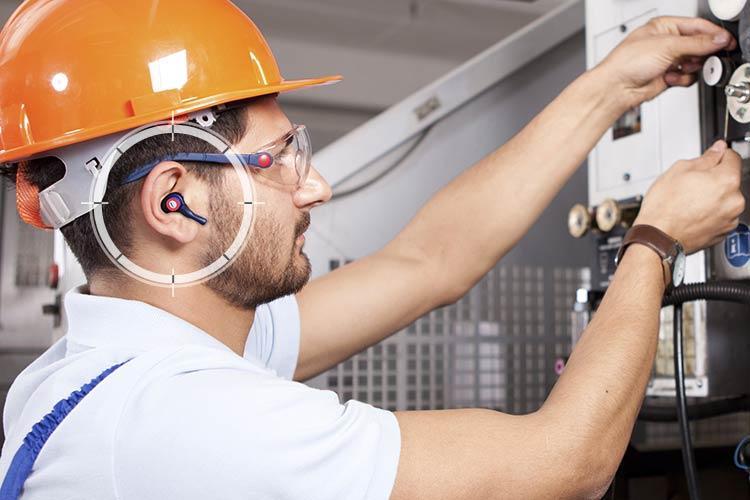
Conclusion: Custom hearing protectors are increasingly replacing disposable earplugs
With the increased uptake of custom protection, more companies and their employees will become aware of the noise-related risk, and the hearing health of more employees will be preserved, with less and less occupational deafness.
"Protect, educate, and validate" are key components of Cotral Lab's solution to hearing loss by providing Custom moulded earplugs that match the exact surrounding noise levels. Other benefits ensure that hearing protectors are worn 100% of the time that a person is exposed to noise.
